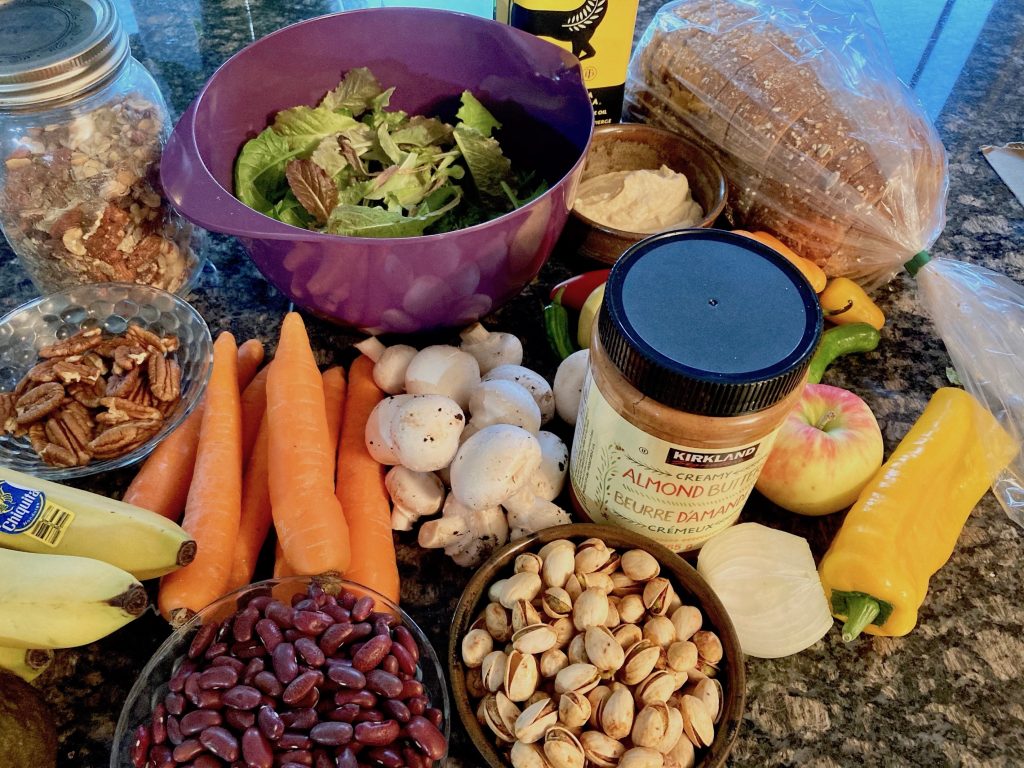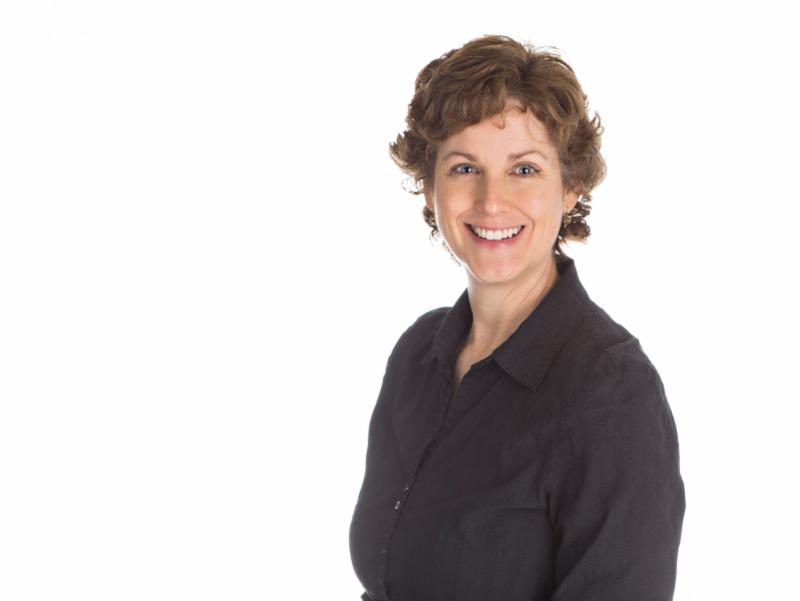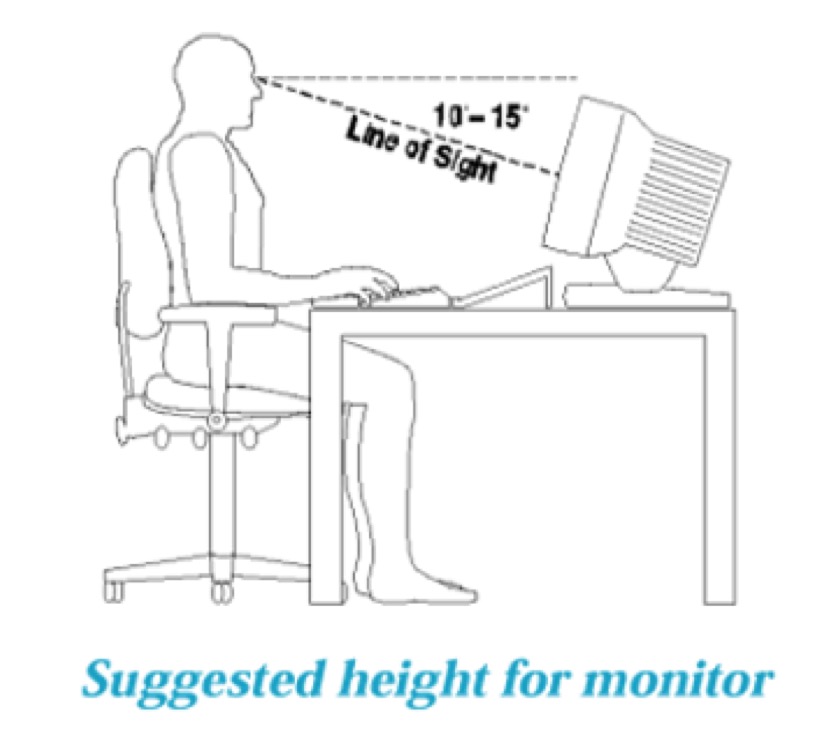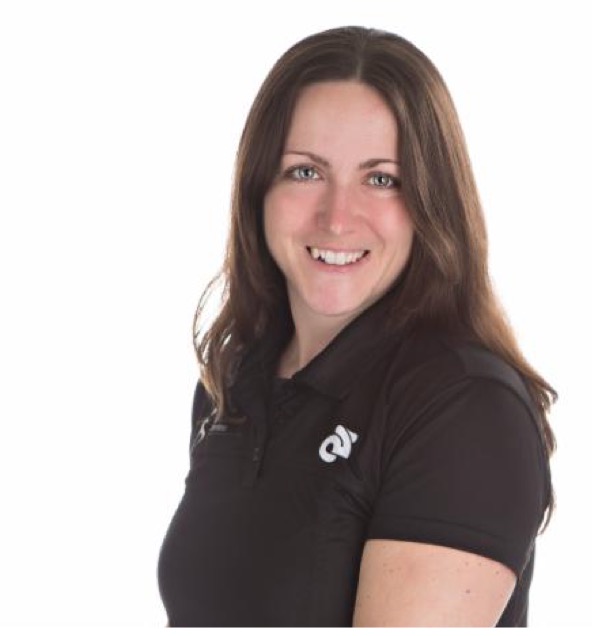Edited by Eleanor Austin March 2019
I’m starting to feel like myself again.
Since last summer, my life felt like it was stuck ‘on hold’.
I’m sharing my story; in hope I can help another overcome a very difficult period.
By October 2018, I confronted truth I’d been suspecting. I was no longer in control. I was unable to live the life I’ve always chosen.
The problem? Torturous pain.
A herniated disc pressing on a spinal nerve root caused never-ending pain shooting down my right leg. The simple tasks of daily life became extremely difficult, if not impossible.
I’ve always enjoyed being independent, in control of my physical training, setting daily exercise goals to achieve what I cared to dream. But for the 1st time that freedom; to be in control of my day, of my life, was gone. Nerve pain is unlike any other I’ve experienced, even as a competitive athlete for more than 40 years. This pain was unyielding. It took control. It dictated everything I could or could not do. I could not work for 5 months. This was also difficult as I am someone who rarely uses sick days (5 in 15- 20 yrs).
Each day took tremendous focus and determination, just to pass the hours. Whenever I had an opportunity to move or walk, I grabbed it. Some days this meant being up for as little as 3-minutes/hour to move about in the house. On better days, I went outside, attempting to walk as far as the house next door.
I lost muscle mass, my appetite, I fought back tears daily. I worked hard to prevent depression.
I tried the nerve pain drug, Lyrica, prescribed by my doctor on two separate occasions, but for me, there wasn’t enough benefit to outweigh the negative side effects of constipation, dizziness, and inability to focus.
I practiced deep breathing, meditation, any distraction to take my mind off the pain. I forced myself most days to get up when it was still dark, to go to the pool to swim during the early few hrs of the day when I could tolerate the pain after some sleep. It wasn’t a work out. It was for my mental wellbeing. I was beginning to get depressed. The pain was wearing me down. My athletic self’s inability to move was depleting all my inner resources. I remember telling my husband, “nerve pain: 10; Gina: 0”. Unrelenting torture is the only way I can describe it. Some days, I wanted to cut my leg off.
My functional ability was so limited. I couldn’t bend far enough to shave my legs or cut my toenails. My active life seemed so far away.
I was sinking yet had to dig even deeper to find strength I didn’t know I had. Pushing my body and mind in an Ironman competition felt like a breeze compared to the energy required to keep my mind strong. I continually told myself, “you can do this, you can stay positive, you can get through this”. Yet, I kept finding a new rock bottom to hit. I wanted to give up.
For my husband, it was becoming extremely difficult to be my 24-hour physical therapist, so I sought counsel from one of Earle’s physiotherapy colleagues at the Human Performance Centre. I was taught how to use breathing to calm the pain, positions to help alleviate the pain when nothing else helped – not sitting, not standing, nor lying down. Mostly, these were methods to help me cope. I needed mental support as much as physio care. At this point, I had to accept that it was OK to ask for help. This was very difficult for me, and for Earle. We’re used to being caregivers not receivers. Only a few friends and family really knew what I was going through initially. Others just thought I had an unhappy back.
Once I allowed my circle of support to grow, it took the pressure off Earle. These friends and family became my rocks; checking in on me daily with visits, food, support and distraction. It was what I needed to get through my days.
In November I started some nerve training to get the nerve in my leg working properly. When a nerve is stuck, it’s not able to glide normally through the surrounding sheath, causing sharp pain.
I progressed through many exercises to get the nerve moving correctly again.
I’ve learned that nerves do not like to be pushed too far. They become angry.
Now as I’m nearing the end of my recovery, I’m discovering another hurdle. I finally feel stronger but what I’m able to do and what I want to do are two different things. I would love to be able to bike and run – but my body is not quite ready. My nerve dictates what I can do and how far I can push myself.
I’m learning many things. Most of all, I’ve gained new respect for letting go of what I cannot control. Letting go and listening; listening to a body I used to control with such determination and sheer will, listening to a soul whose depth I never before knew or needed to plumb, not even during my MOST difficult moments competing against the best in the world: I was 45, racing in the hot sunshine; 38 degrees Celsius, in a continuous 10 hour, 52 minute and one second Ironman competition combining three sports: ocean swimming 3.8 kilometers, cycling 180 kilometers, and running 42.2 kilometers to successfully achieve my personal best, winning a place on the podium, 4th among all women 45-49 from around the planet, in the Hawaii Ironman World Championship.
Incredibly, that was easy, by comparison.
That day and the training preparing for that size of win were easier.
True.
Throughout four decades of competing, I could depend on my strength. When I needed more, I did more, trained more, ran faster, cycled further, swam with more courage, refined my technique, built muscle, lung capacity, and endurance, to relentlessly pursue and achieve bigger, bolder goals.
That demanded strength.
But the strength required for this challenge is completely different, the polar opposite. This is about finding strength to let go. Strength to trust – trust my body will return one day in spite of muscle melting from my frame, trust people who will help me heal while I face my biggest challenge, the kind of challenge that can overwhelm, break, and drive a person to extremes – including the two things I resolved not to seek: surgery, given the risk of not recovering, and opiates – given the risk of addiction.
Just as in training, I kept having to trust that I will eventually get past the pain so the long-term goal will be worth it. This kind of strength builds a new type of muscle.
There’s a quote – that suffering produces perseverance, perseverance character, and character hope. I had to persevere like never before, the character that was being developed I had never seen, and the hope – I’m still holding onto. A stronger body is taking shape; my spine is beginning to bend and straighten at will, but not always. My right leg and foot are beginning to behave at will, but not always.
In competition, I became more of who I am capable of being.
While I never imagined this kind of personal trial, I am now becoming a person I’ve never been.
As a mother, wife, sister, friend, oncology nurse, I have compassion for others. Giving compassion, I knew. Receiving, I now know.
Throughout these past months, I continued to work on physical goals – they were just different than before – and I came to realize I needed to nourish my mental strength daily, too. Now I’m now feeling more like the Gina I knew. I’m also becoming and embracing this new Gina.
I developed a new Mission Statement, to guide the life I will lead.
I’m sharing it here in case it offers strength for you, too.
My Mission is:
I am a focused and determined woman who leads a healthy, productive, and purposeful life.
I am grateful for many things: family, friends, health, movement, the outdoors, fresh air, sunshine, travel, adventure, competition, exercise, riding my bike, endorphins, helping others achieve their goals, making people feel good and gifting heart-inspired compliments.
Receiving is nice but giving is better.
Simply being the best I can be.










